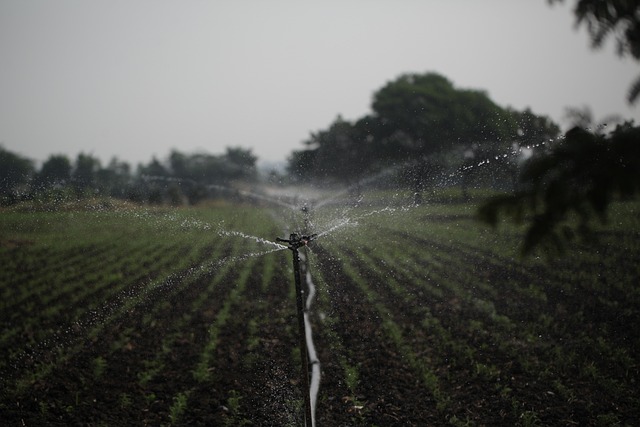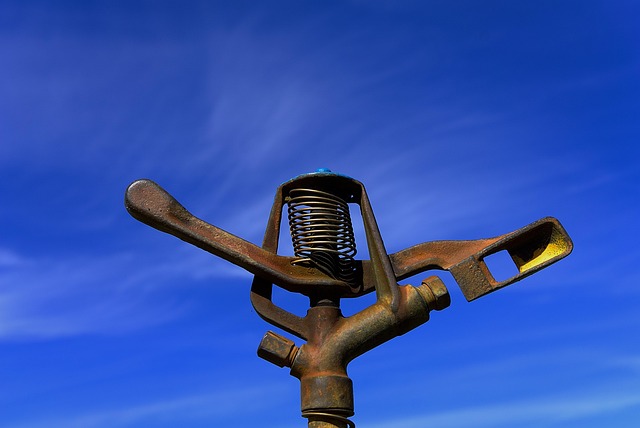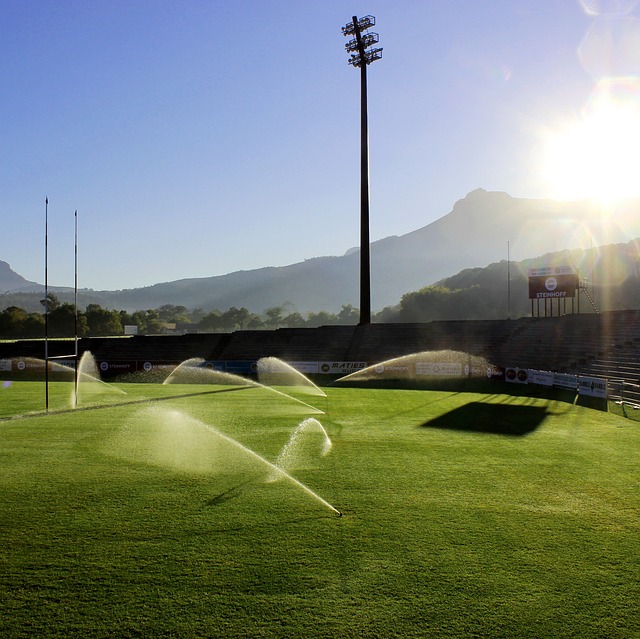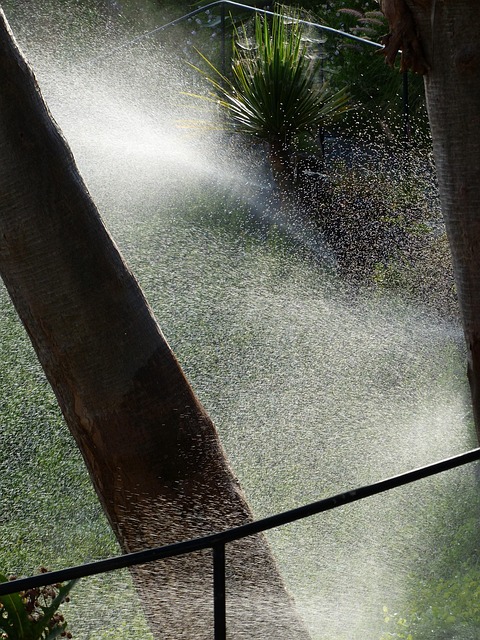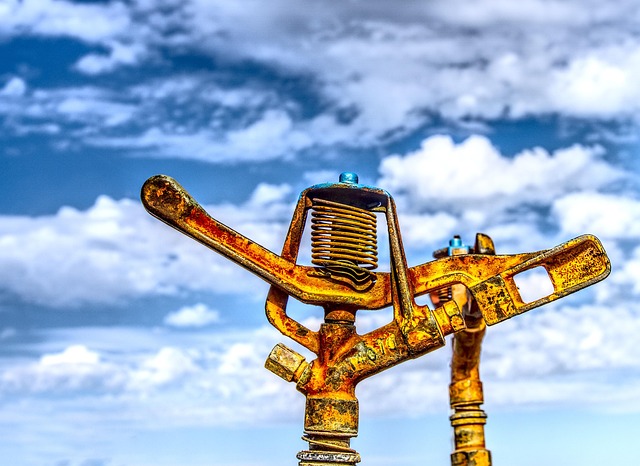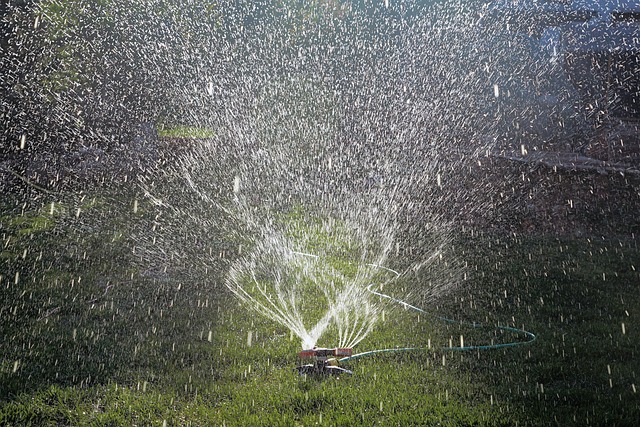Portland OR Irrigation System Installation requires understanding local climate and landscape variations. Tailor sprinkler or drip irrigation based on soil types and lawn needs. Follow a comprehensive guide for system planning, installation, and scheduling to conserve water during dry spells. Regular maintenance ensures peak performance and longevity, preventing damage and saving costs.
“Looking to transform your Portland, OR, yard into a lush oasis? Discover the secrets to a successful Portland OR irrigation system installation. This comprehensive guide explores the unique irrigation needs of the region and how to choose the ideal system for your space. From installation tips to water conservation practices, we’ll walk you through every step, ensuring optimal results. Learn about the benefits, common issues, and maintenance routines to keep your Portland irrigation system thriving.”
- Understanding Portland's Unique Irrigation Needs
- Choosing the Right Irrigation System for Your Yard
- Step-by-Step Guide to Installation Process
- Benefits and Water Conservation Tips
- Maintenance and Troubleshooting Common Issues
Understanding Portland's Unique Irrigation Needs
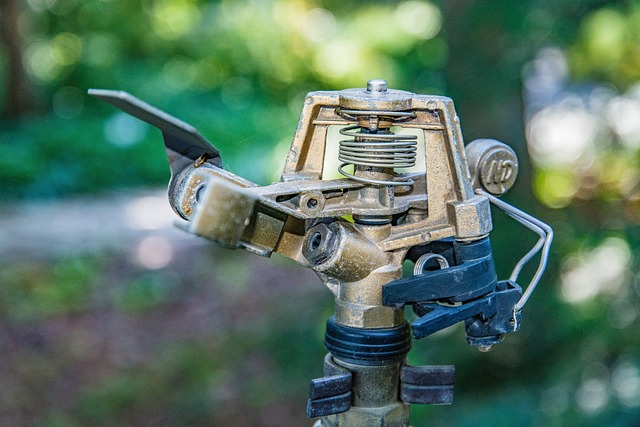
Portland, OR, with its distinct climate and diverse landscapes, presents unique challenges for irrigation system installation. The city’s mild winters and dry summers require tailored solutions to ensure efficient water distribution and plant health. Homeowners and business owners alike need to consider factors like soil type, vegetation density, and sunlight exposure when choosing an irrigation system.
A successful Portland OR Irrigation System Installation involves understanding these local nuances. Professional installers should assess the site’s microclimates, account for wind patterns that can affect water evaporation, and integrate smart technology to manage timing and coverage. By embracing these adaptations, residents can maximize their irrigation systems’ benefits, fostering lush landscapes while conserving water resources.
Choosing the Right Irrigation System for Your Yard
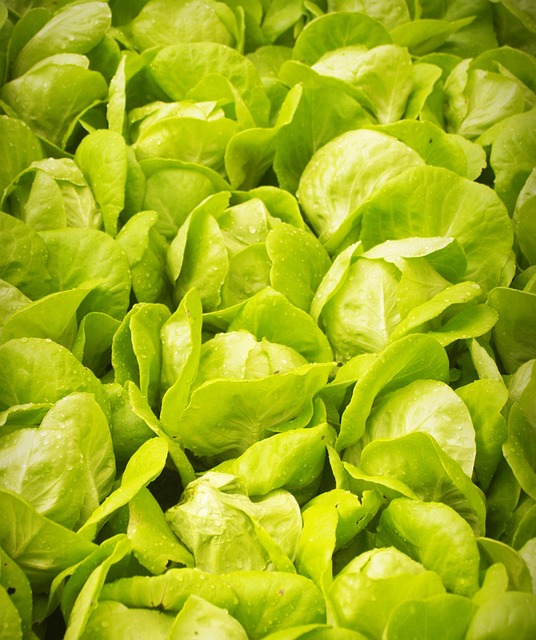
When considering a Portland OR Irrigation System Installation, choosing the right system for your yard is paramount. Several factors, including soil type, climate, and your lawn’s specific needs, determine the most suitable irrigation method. For instance, sprinkler systems are popular in Portland due to their efficiency in delivering water directly to plant roots while minimizing waste. However, drip irrigation might be a better option for larger properties or areas with dense foliage, as it conserves water by releasing it slowly and close to plants.
Understanding your yard’s unique characteristics allows you to select an irrigation system tailored to its requirements. Consulting with local experts in Portland OR Irrigation System Installation can provide valuable insights into the best practices and technologies available. This ensures that not only is the right system chosen but also that it contributes to a lush, healthy lawn while promoting water conservation.
Step-by-Step Guide to Installation Process
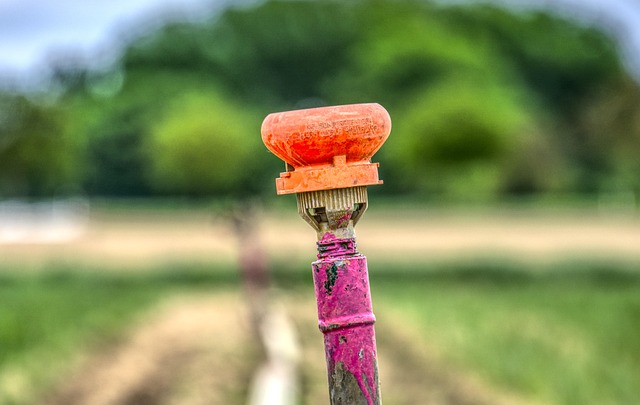
Installing an irrigation system in your Portland, OR, yard is a great way to ensure your lawn and plants get the water they need, even during dry spells. Here’s a step-by-step guide for a successful Portland OR Irrigation System Installation:
1. Plan Your Layout: Start by sketching a rough layout of your yard, identifying areas that require watering and where each type of plant will be located. This will help you determine the best placement for your irrigation system’s components, including sprinklers, pipes, and control valves. Consider factors like sun exposure, shading, and the type of plants you have to ensure optimal water distribution.
2. Choose the Right System: Select an irrigation system that suits your yard’s size, shape, and specific watering needs. There are various types available, from pop-up sprinklers to drip systems. For larger areas, a spray or rotator sprinkler system might be best, while smaller patches could benefit from micro-drip or soaker hoses. Ensure the system you choose is compatible with Portland’s water pressure and your local climate conditions.
3. Mark the Ground: Using a stake and string, mark out the path where your irrigation pipes will be laid. This step ensures accurate placement and minimizes damage to existing landscaping during installation.
4. Dig Trenches: Dig trenches along the marked paths to accommodate the irrigation lines. The depth and width of the trenches should align with local building codes and the specific requirements for your chosen system. Proper trenching is crucial for effective water distribution and long-term system performance.
5. Install Pipes and Valves: Place the main supply line in the trench, connecting it to your water source. Install branch lines and control valves as per your layout plan. Use high-quality pipes and fittings designed for underground use to ensure durability and prevent leaks.
6. Connect Sprinklers and Sensors: Attach the appropriate sprinkler heads along the branch lines, ensuring they are positioned correctly for optimal watering coverage. Consider adding rain or moisture sensors to automate the system and prevent overwatering. These sensors can be programmed to activate when needed based on local weather conditions.
7. Test and Adjust: After completing the installation, thoroughly test the system to identify any leaks or malfuncioning components. Adjust sprinkler heads for proper water distribution and ensure all valves operate correctly. Make any necessary adjustments to create an efficient, effective irrigation system tailored to your Portland yard’s unique characteristics.
Benefits and Water Conservation Tips
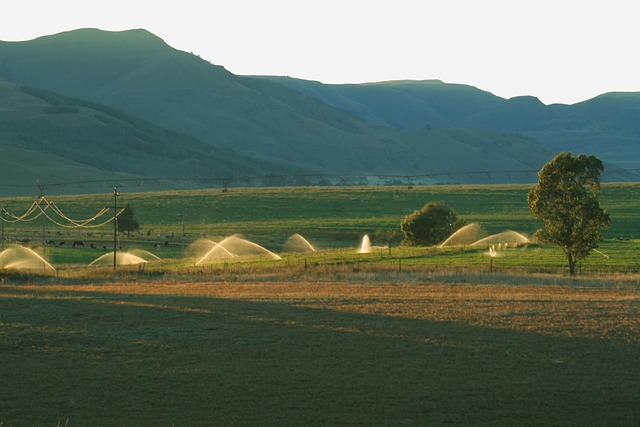
When you invest in a Portland OR Irrigation System Installation, you’re not just enhancing your outdoor space—you’re also making a sustainable choice that offers numerous benefits. Efficient irrigation systems reduce water wastage by delivering precisely the right amount of water to your plants, when they need it most. This is particularly crucial in Oregon’s diverse climate, where weather patterns can vary widely from season to season.
Water conservation tips for your Portland irrigation system include setting optimal schedules tailored to your garden’s needs and using smart controllers that learn and adjust based on real-time weather data. Incorporate drip or microspray technologies for targeted watering, focusing moisture directly onto plant roots rather than wasting water on large areas of grass or hardscaping. Additionally, consider incorporating rain sensors to pause irrigation during wet periods, further ensuring efficient use of this precious resource.
Maintenance and Troubleshooting Common Issues
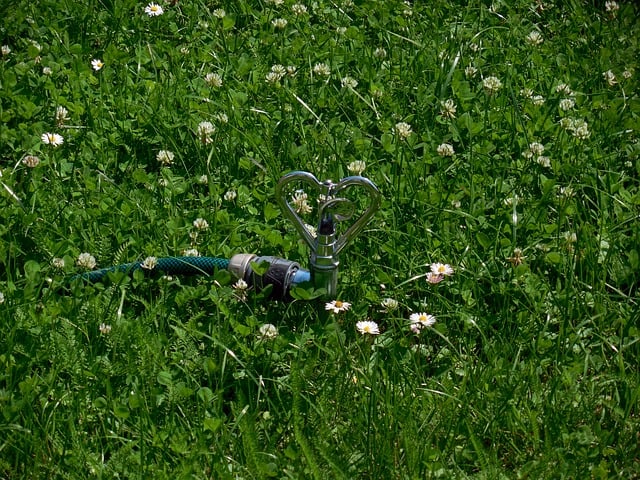
When it comes to maintaining your Portland, OR Irrigation System Installation, regular upkeep is key to ensure optimal performance and longevity. Start by inspecting your system for any signs of damage or leaks after each season, addressing them promptly to prevent further complications. Keep an eye on valves, pipes, and sprinklers, as these are common areas prone to issues due to the constant exposure to varying weather conditions. Regular cleaning of filters and adjusting spray patterns will also ensure water distribution efficiency.
Troubleshooting common problems is a crucial part of maintaining your irrigation system. If you notice uneven watering or dry spots, check for clogs in emitters or pipes. Corrosion on valves or leaks at connections are other red flags requiring immediate attention. Many issues can be resolved by identifying and fixing these problems early, saving you time, money, and potential damage to your lawn or garden.
Portland, OR residents can greatly benefit from efficient irrigation system installations tailored to their city’s specific needs. By understanding local conditions, selecting the appropriate system, and following the detailed installation guide provided, property owners can ensure optimal water distribution and conservation. Regular maintenance and troubleshooting tips included in this article will help keep your Portland irrigation system running smoothly, contributing to a lush, healthy landscape while responsibly managing water resources.
